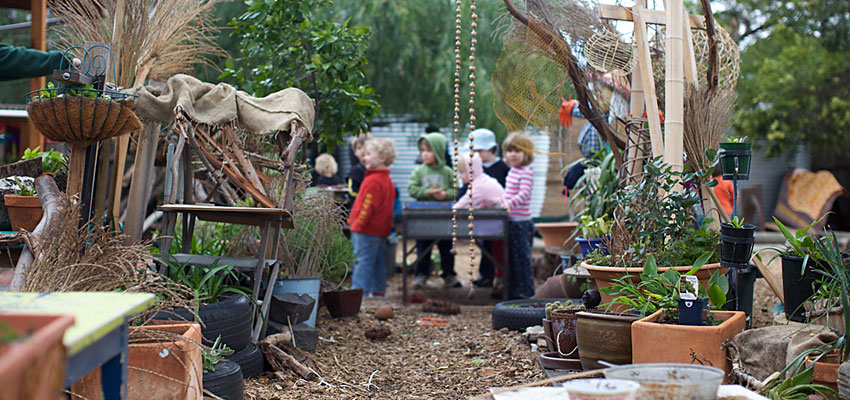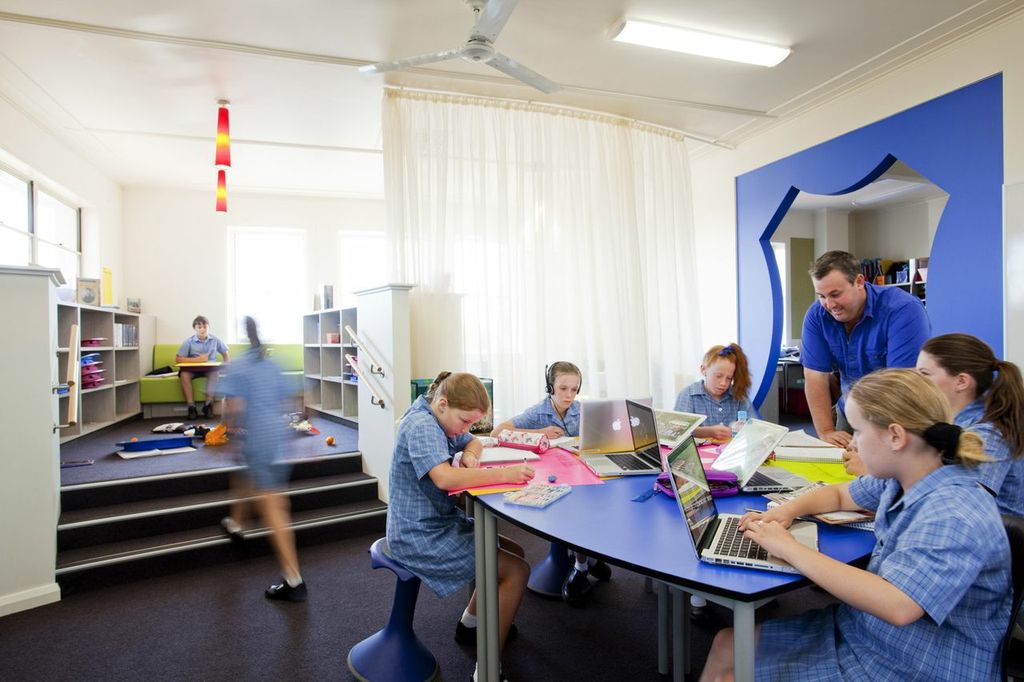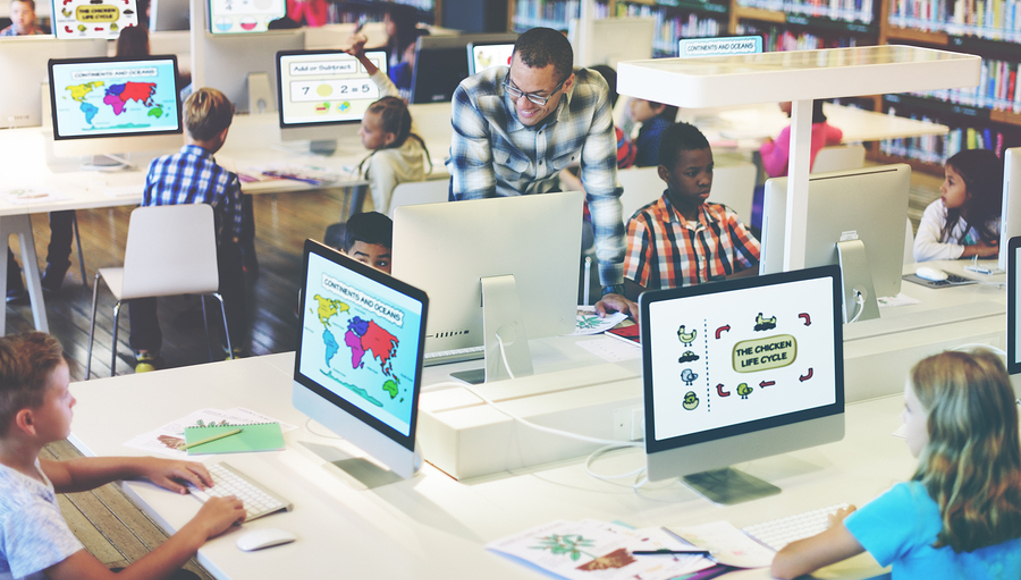
I have found the online learning journey to be a challenging, yet insightful experience. I have needed to focus on learning the content of the unit, learning about new technologies and platforms, along with practicing my new found knowledge and skills within the classroom.
What I find the biggest challenge is trying to make connections between the traditional classroom space and the online learning space. I need to take what I already know as my strengths and weaknesses of the traditional learning space, and transpose this to be beneficial in the online learning space. Reading through Salmon’s ‘Five Stage Model’ I can see the process that we the learners are making to simultaneously learn to learn within the online space, and understand the content of the unit (Salmon, 2011).
As a pre-service teacher I see the importance of technology as a teaching tool, as this is the way of future classrooms. Therefore, I understand that I must regularly update my knowledge and skills through participating with fellow teachers in a CoP, as well as professional development in digital classroom technologies, software and platforms such as Google Classroom, Twitter and EdChat.
The experience of learning online has made me more aware of the importance of self-efficacy, motivation, and self-reflection as a pre-service teacher, and I have connected with the ideas and reflected on my own personal learning approach and inherent nature. I have challenged with my own levels of motivation as I continue this journey with my studies, however I find strength in determination and reflection of where I am at as a student, and where I want to be as a teacher.
References:
Salmon, G. (2011). E-moderating: The key to teaching and learning online (3rd ed.) (pp.31-59). London: Routledge.





